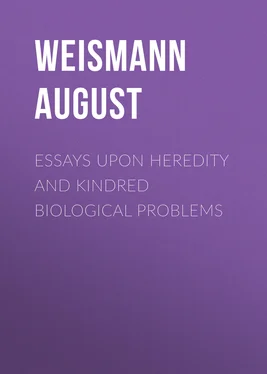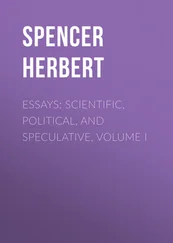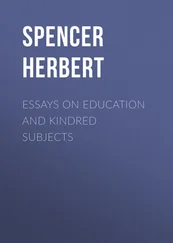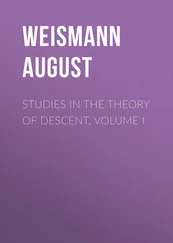The views of most biologists who have worked at this subject agree in all essentials with that expressed above. Bütschli says (Bronn’s ‘Klassen und Ordnungen des Thierreichs,’ Protozoa, p. 148): ‘The process of encystment does not appear to have originally borne any direct relation to reproduction: it appears on the contrary to have taken place originally,—as it frequently does at the present day,—either for the protection of the organism against injurious external influences, such as desiccation or the fatal effects of impure water, etc.; and also to enable the organism, after taking up an unusually abundant supply of food, to assimilate it in safety.’ Balbiani (‘Journ. de Micrographie,’ Tom. V. 1881, p. 293) says in reference to the Infusoria, ‘Un petit nombre d’espèces, au lieu de se multiplier à l’état de vie active, se reproduisent dans une sorte d’état de repos, dit état d’enkystement. Ces sortes de kystes peuvent être désignés sous le nom de kystes de reproduction, par opposition avec d’autres kystes, dans lesquels les Infusoires se renferment pour se soustraire à des conditions devenues défavorables du milieu qu’ils habitent, le manque d’air, le dessèchement, etc.—ceux-ci sont des kystes de conservation....’
This is of importance in so far as single individuals might be thus compelled to encyst even when the existing external conditions of life do not require it. The substance which Actinosphaerium , for example, employs in the secretion of its thick siliceous cyst must have been gradually accumulated by means of a process peculiar to the species. We can scarcely be in error if we assume that the silica accumulated in the organism cannot increase to an unlimited extent without injury to the other vital processes and that the secretion of the cyst must take place as soon as the accumulation has exceeded a certain limit. Thus we can understand that encystment may occur without any external necessity. Similarly, certain Entomostraca ( e. g. Moina ) produce winter-eggs in a particular generation, and these are formed even when the animals are kept in a room protected from cold and desiccation.
Upon this point Professor Gruber intends to publish an elaborate memoir.
This view has not even been proved for Actinosphaerium , upon which Götte chiefly relies. The observations which we now possess merely indicate that the animal contracts to the smallest volume possible. Compare F. E. Schulze, ‘Rhizopodenstudien,’ I, Arch. f. mikr. Anat. Bd. 10, p. 328; and Karl Brandt, ‘Ueber Actinosphaerium Eichhornii,’ Inaug. Diss.; Halle, 1877.












